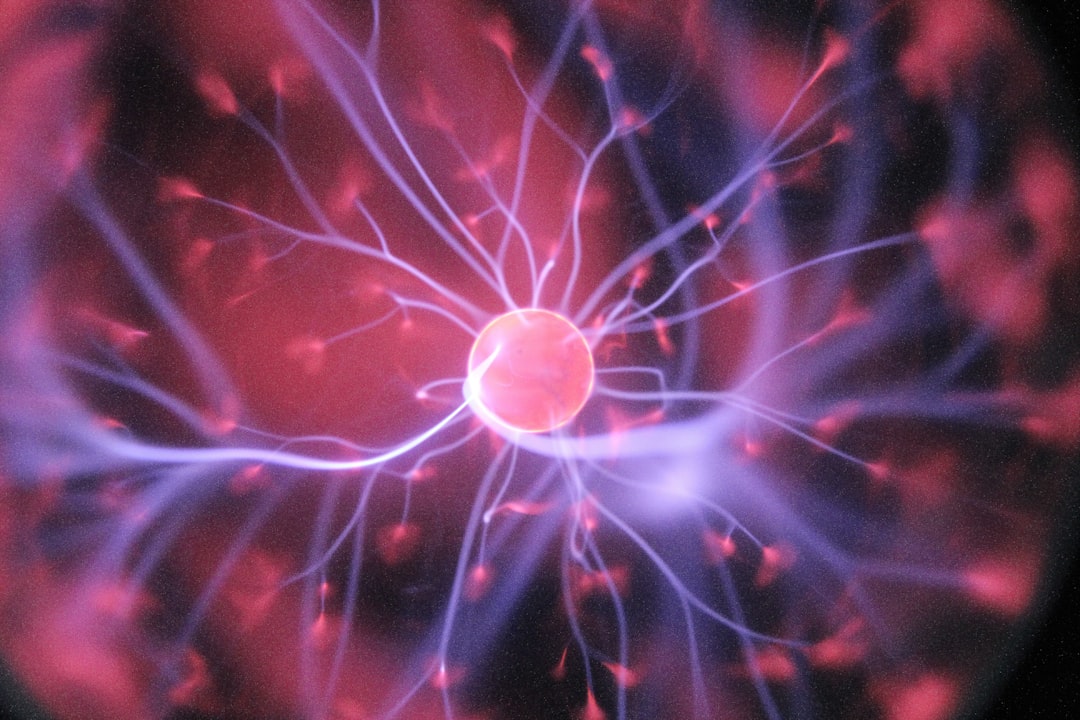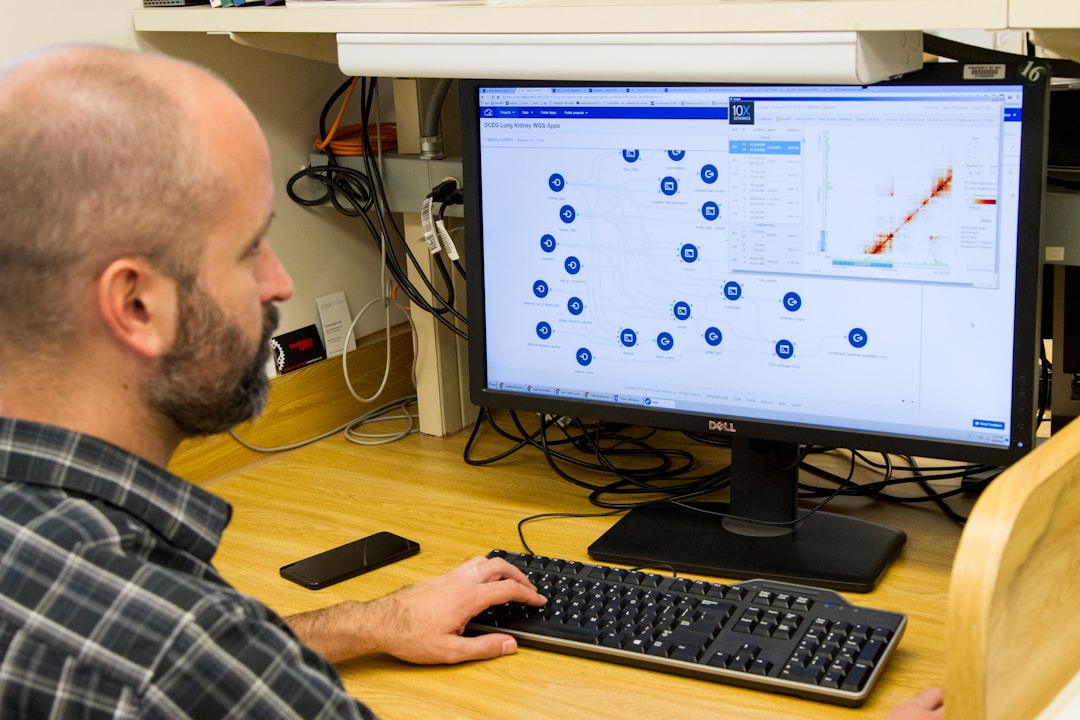What is it about?
A library of antimalarial active substances was developed through state-of-the-art structure-based design. Several series of inhibitors, targeting the enzyme serine hydroxymethyltransferase (SHMT), were studied and an optimized ligand could significantly reduce parasitemia in vivo. The work was supported by 7 new X-ray co-crystal structures.
Featured Image

Photo by Erik Karits on Unsplash
Why is it important?
Due to the perpetual emergence of resistance, malaria remains a major burden for human kind. Hence, it is crucial to find active substances targeting novel molecular targets that can disrupt the proliferation of malaria parasites. For the first time, we showed that parasitemia can be reduced in vivo by inhibition of the serine hydroxymethyltransferase (SHMT) enzyme.
Perspectives
The results of this study are particularly exciting since inhibition of SHMT has not been deeply investigated so far. The positive outcome of the in vivo mouse model provides a solid proof of concept and opens new opportunities to tackle malaria.
Mr Geoffrey Schwertz
ETH Zürich, D-CHAB
Read the Original
This page is a summary of: Antimalarial Inhibitors Targeting Serine Hydroxymethyltransferase (SHMT) with in Vivo Efficacy and Analysis of their Binding Mode Based on X-ray Cocrystal Structures, Journal of Medicinal Chemistry, June 2017, American Chemical Society (ACS),
DOI: 10.1021/acs.jmedchem.7b00008.
You can read the full text:
Contributors
The following have contributed to this page










